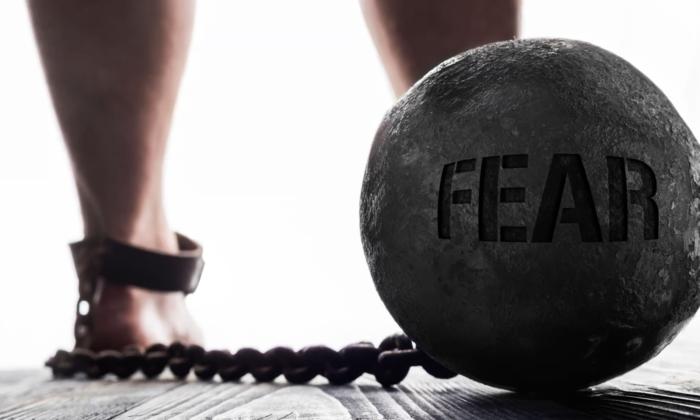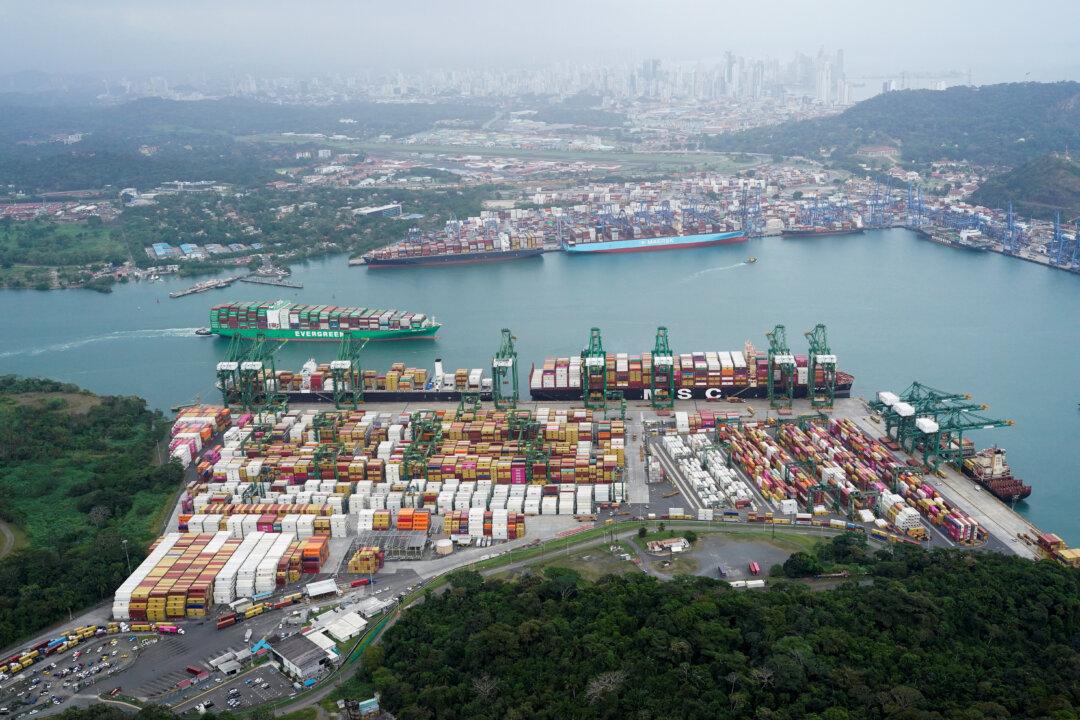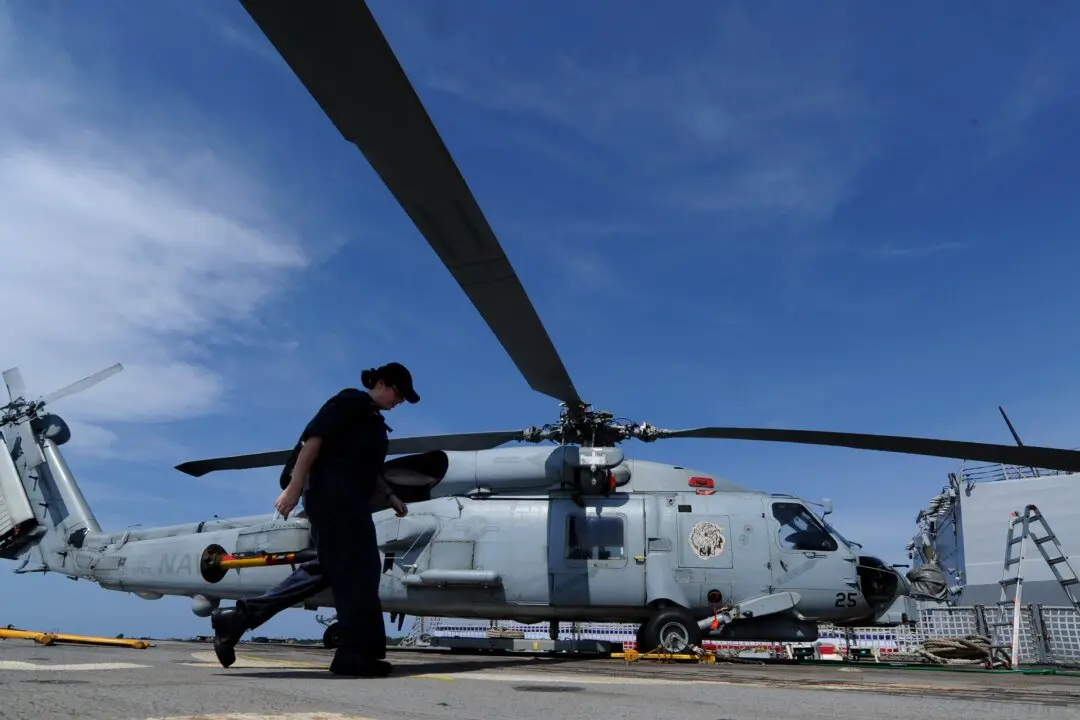Despite his joke that he loves tariffs, Trump may become the United States’ first “free trader,” freeing the U.S. economy from tariffs and protectionism and competing more in the global trading market by incentivizing manufacturing in the United States.
Through his so-called grenade negotiating tactics, Trump has begun bargaining to see all tariffs against the United States dropped in turn for reciprocal dismantling of tariffs against compliant states.
But the People’s Republic of China (PRC) differs from the United States. In any event, the CCP has put itself into a negotiating position where it cannot comply with the Trump administration’s “zero tariff” demand or lose prestige. However, the administration knows that the CCP has been at its weakest point since 1949, and Trump seems determined to deal with it as a death blow during his term in office.
But even the U.S. allies don’t grasp this, and still believe the CCP’s bombast. As a result, “the West,” at a critical time in a transforming global environment, is failing at leadership levels to grasp how best to deal with the Chinese regime because it is still captive of Beijing-propagated myths of PRC strengths.
How the ruling CCP is handled at this stage will determine the likelihood of imminent conflict (between the PRC and Taiwan, or elsewhere), and the strategic framework going forward. Will “tomorrow’s China” remain the great adversary of the West or the United States? Or will today’s “mythically monolithic” China break apart?
Fundamental hallmarks of strategic success have always included self-confidence, self-knowledge, and decisiveness, among other assets, as well as the critical ability to realistically assess the capabilities and intentions of friends and adversaries and their respective willpower.
But, to be fair, the CCP spends more time attempting to understand “the West,” particularly the United States, than the West/United States does trying to understand the CCP/PRC. Essentially, senior Western policymakers and military officials generally accept the CCP’s presentation of the PRC, even to the extent of calling the PRC “China,” without qualification as to its legitimacy as a “nation-state” and historical successor to the Republic of China or Imperial China.
The United States, in particular, did the same thing after World War I, thinking of the Soviet Union as “Russia,” and, after the collapse of the USSR, thinking of post-Soviet Russia as the Soviet Union. This has led to the profound Eurasian conflicts of today.
- CCP leader Xi Jinping has been outmaneuvered by his CCP opponents and is being systematically stripped of his access to the levers of power. This situation has put the Party and country in a period of paralysis. The question, as always, is who would succeed him? This is a more uncertain process today because of how Xi attempted to clear the field of all possible other candidates. In the meantime, the entire CCP apparatus is focused on internal survival.
- The PRC’s economy is now in turmoil, with rising debt, growing poverty and starvation, massive public discontent with the Party, and almost no funds to fuel its global ambitions, let alone the signature Belt and Road Initiative of Xi’s past decade. China has become reliant on foreign-supplied food, and its water supply is polluted. The recent urbanization and subsequent housing boom and crash have left society dislocated.
- The People’s Liberation Army, comprising all of the CCP’s military (bearing in mind that this is a Party military, not a national military), is fundamentally dysfunctional, and lacking in sufficient warfighting capability because of dislocated command and control, technological unreliability and failures, and outright divisions of loyalty among key officers. This does not mean that the PLA is not dangerous, but it is not consistently loyal to Xi, and not loyal to the concept of war with Taiwan (or any combination of neighbors).
So the question remains: who will deal with communist China? Perhaps no one.
Who will seek advantage in a world in chaos?
Is that the goal of the new Trump administration: to abandon the failed alliances and multinational governance mechanisms to build an overwhelming “new USA”?







